Friends of the Verde River secured a Forever Our Rivers grant to help the Verde Watershed Restoration Coalition monitor 40 acres of past restoration projects.
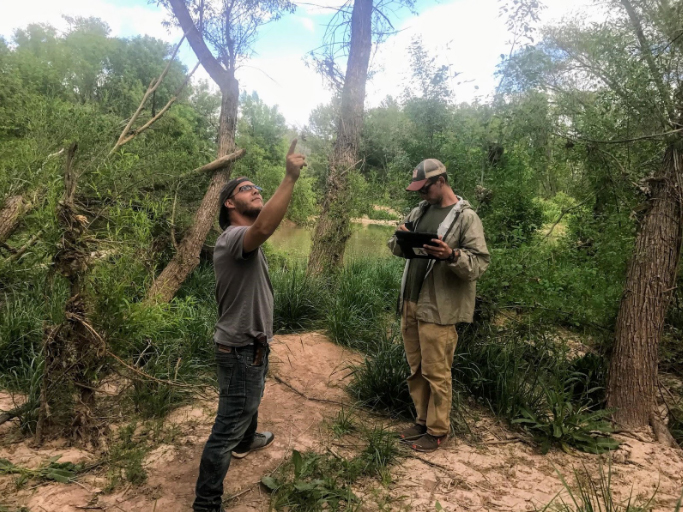
The Verde Watershed Restoration Coalition is restoring habitat along the Verde River while building an innovative restoration economy and helping recent war vets find fulfilling employment. Since 2012, the Coalition has removed invasive species on 9,000 acres along their namesake River. To make sure beneficial habitat takes over once the weeds are gone, the Coalition always looks in on past projects.
Friends of the Verde River, a member of the Coalition, hires a crew each year to monitor past project sites. Half the team is staffed by recent-era veterans through Vets4Hire, a central Arizona nonprofit that helps vets build a professional community and marketable skill sets.
The Coalition trains all crew members to identify native and nonnative plants and to use scientific survey methods. The job also requires crew members to work with public and private landowners in the watershed, creating valuable local connections. The Coalition works with Vets4Hire to build out the work crews that remove invasive plants during initial treatments as well.
The work is good for veterans, and veterans are great for the Coalition. Many become powerful supporters of conservation. “Hiring local, recent-era veterans to complete the surveys involves them in habitat restoration,” says Tracy Stephens, Habitat Restoration Manager for Friends of the Verde River. “They become advocates for a healthy Verde River watershed.”
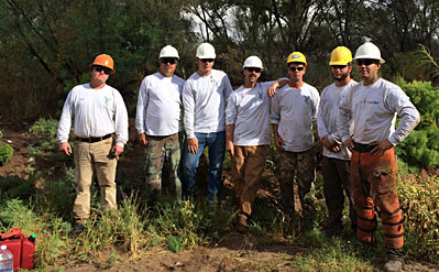
Monitoring Their Efforts
The most problematic nonnative and invasive plants on the Verde are tamarisk, Russian olive, giant reed, and tree of heaven. These species crowd out native species and alter habitat structure along the Verde. Removing them gives local plants a chance to compete, grow, and ultimately thrive.
After restoration crews remove the unwanted plants and, in some cases, treat them with herbicide, monitoring crews keep tabs on whether or not they are growing back. They also take stock of overall restoration progress, checking on how well native plants are responding to the reduced competition. If the monitoring crew sees a project area that’s struggling to succeed, the Coalition plans a follow-up treatment. The check-ins don’t stop until the landowner’s goals are met.
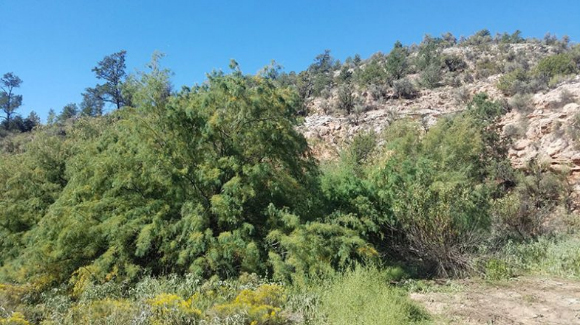
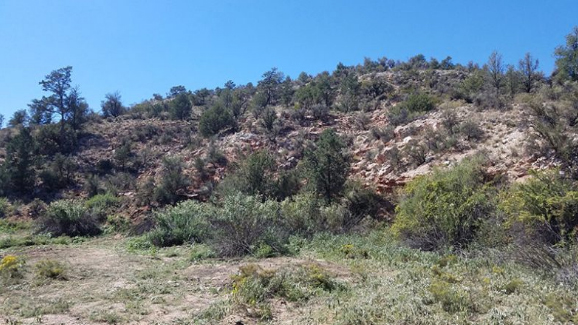
In the summer of 2019, the Coalition’s monitoring team surveyed more than 1,500 acres in eight weeks. “Monitoring areas where we’ve removed invasive plants ensures the continued health of the area and protects our investments,” says Stephens. The work also helps the Coalition refine their understanding of what it takes for an invasive species removal project to succeed.
Finding Funding
In Forever Our Rivers’ first-ever funding cycle, the Foundation awarded Friends of the Verde River a grant to monitor 40 acres of private land. Finding funds to do follow-up monitoring and maintenance work on private lands is extremely challenging. The group of restoration professionals who created Forever Our Rivers Foundation is well aware of this. They created Forever Our Rivers to close such funding gaps and to grow the amount of funds available for river restoration in general.
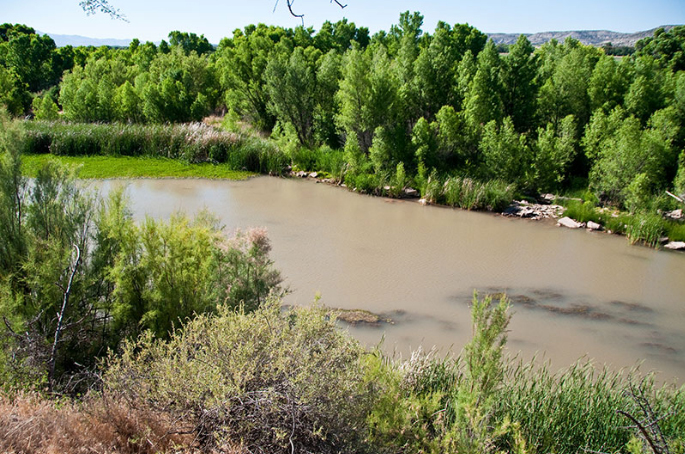
The Verde and Its Friends
The Verde is free-flowing and one of the few perennial waterways in Arizona. Its watershed contains all 57.3 of Arizona’s Wild and Scenic river miles — a 40-mile stretch of the Lower Verde and 17.3 miles of Fossil Creek. With around 90,373 river miles in the state, less of a tenth of a percent of Arizona’s rivers are designated as Wild and Scenic. The Verde and many of the springs that feed it are also culturally integral to the Yavapai, Hopi, Apache, and Zuni tribes, among others.
Friends of the Verde River work within the watershed to maintain flows, restore native vegetation and wildlife habitat, and to connect locals to the stunning landscape and resources the river supports. Restoring habitat along the Verde River is a big job, which is why the Verde Watershed Restoration Coalition exists. Led by Friends of the Verde River, the Coalition is made up of the Yavapai-Apache Nation, local towns, state and federal agencies, river restoration nonprofits, and private landowners.
